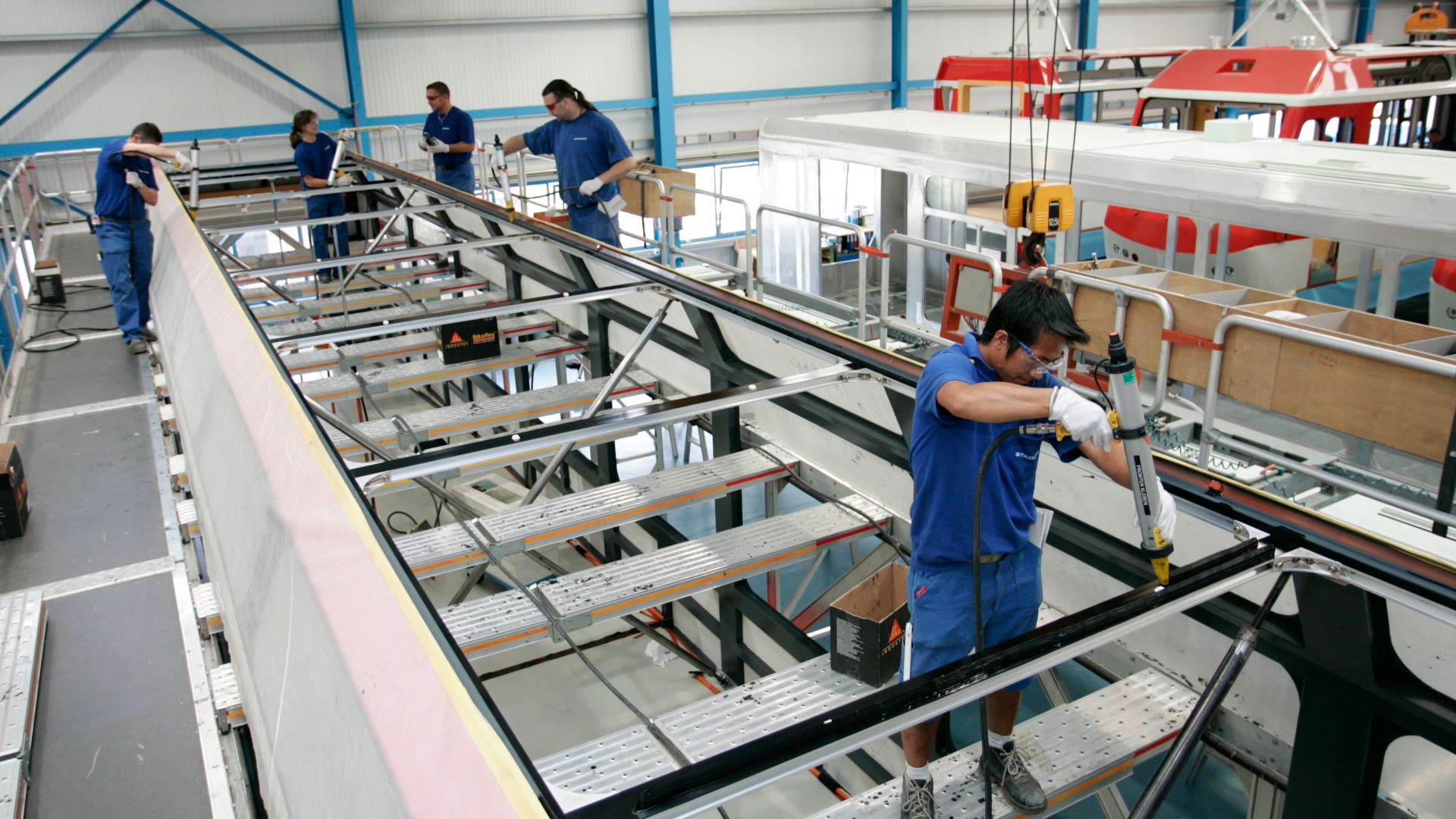In the adhesive industry, there is an overarching challenge of providing bonding solution recommendations without having access to essential information. While certain websites offer useful product selector tools for adhesives and sealants, engineers need to be able to understand multiple facets of the intended application and usage process to ensure accuracy and effectiveness. Through this article, we aim to offer guidance on the various factors that must be considered when determining the appropriate bonding solution.
The Desired Final Performance in Service
As a first step, it is recommended to understand the desired final performance of the material and joint in service. Consider the following: The loads the joint shall transfer: Static and Dynamic Loads What are the materials to be joined: definition of exact material specification, different thermal expansion coefficients, etc. Exposure during service life e.g., to chemicals, temperature, or sunlight The required performance is typically defined by the design and engineering work. At Sika, we provide guidelines for engineers on how best to design structures and joints for adhesive bonding as well as comprehensive material cards for many products.
Additionally, the joint simulation tools, ‘calcbond’ from AR Engineers contain many predefined common structures and preloaded material data of many structural adhesives. This tool can be very beneficial for engineers who have started working with adhesives. Adhesive Technologies: There are different adhesive technologies with pros and limitations, with polyurethanes being the most versatile technology. They cover a vast spectrum from highly elastic sealants to semi-rigid adhesives.
Process Chain – the Steps Before, During and After Bonding
For selecting the right adhesive technology and products, it is imperative to investigate the assembly or manufacturing process. Consider the following questions:
- What are the materials to be bonded: how and where are they pre-treated? What are the part tolerances?
- Are there steps that might influence the selection (for example, high initial load, painting process, heat exposure, etc.)?
- What is the application method and equipment that will be used? The initial application method as well as how the application may look like at full production scale should be understood.
Adhesive Application in the Assembly Line
Vehicles typically consist of multiple materials such as glass for the windshields, steel for the frame or chassis, wood for the floors, thermoset plastics for side and roof panels, front masks, etc. Thermoplastics are also common for interior and exterior use as they allow the production of high gloss-colored parts in one manufacturing step.
There are specific requirements when it comes to joining different materials. This makes adhesive bonding an ideal joining technology for this purpose.
One component polyurethanes and silane terminated polymers (STPs) are very popular due to their ease of use, high gap filling capability to bridge tolerances, and long-term durability.
However, there might be a compelling reason to prefer using a two-component adhesive in your next project. Two-component adhesives are primarily of interest when the application is designed for the use of a higher-strength glue, when it is imperative to reach the handling strength faster or when the joints are extensive, and the curing process takes too long.
Sikaflex Booster and PowerCure Solutions –Speed Without Re-Engineering
One-component Sikaflex adhesives compatible with Sika's booster technology are a proven alternative to regular two-component materials. Sikaflex Booster mixes a 2% water paste into the adhesive to speed up curing and ensure a thorough curing process. The acceleration with Sikaflex Booster does not change the final properties and enables engineers to quickly scale an adhesive bonding process without re-engineering the joint design.
Adhesive Application in the Weld Shop - Metal Fabrication
Typically, adhesives and sealants are used in the weld shop as a substitute to welding or create sealing joints that will be painted afterward. There are specific considerations to keep in mind when applying adhesives in the weld shop.
Bonding oily surfaces: Typically, adhesive bonding requires spotless bonding surfaces. However, heat-curing epoxies like one-component SikaPower adhesives and sealants as well as selected cold-curing acrylic adhesives like SikaFast-580 can pick up stamping oil and fit very well into the weld shop environment.
Painting Process: Metal fabricators typically paint their components to protect them from the environment. A hot painting process like powder or electro-coating requires the use of heat-resistant adhesives and sealants and allows the use of heat-curing materials. Knowing the surface temperature and duration of exposure are critical for the project's success. Certain adhesives start to creep at high temperatures, while others also have a high capacity to hold the load during the painting cycle.
Reach out to us
Sika is present in more than 100 countries all over the world. We employ local experts to talk your language and provide access to our vast network of global experts. It is best to reach out to our experts early in a project so that we can support you best and help you make your project a success.

